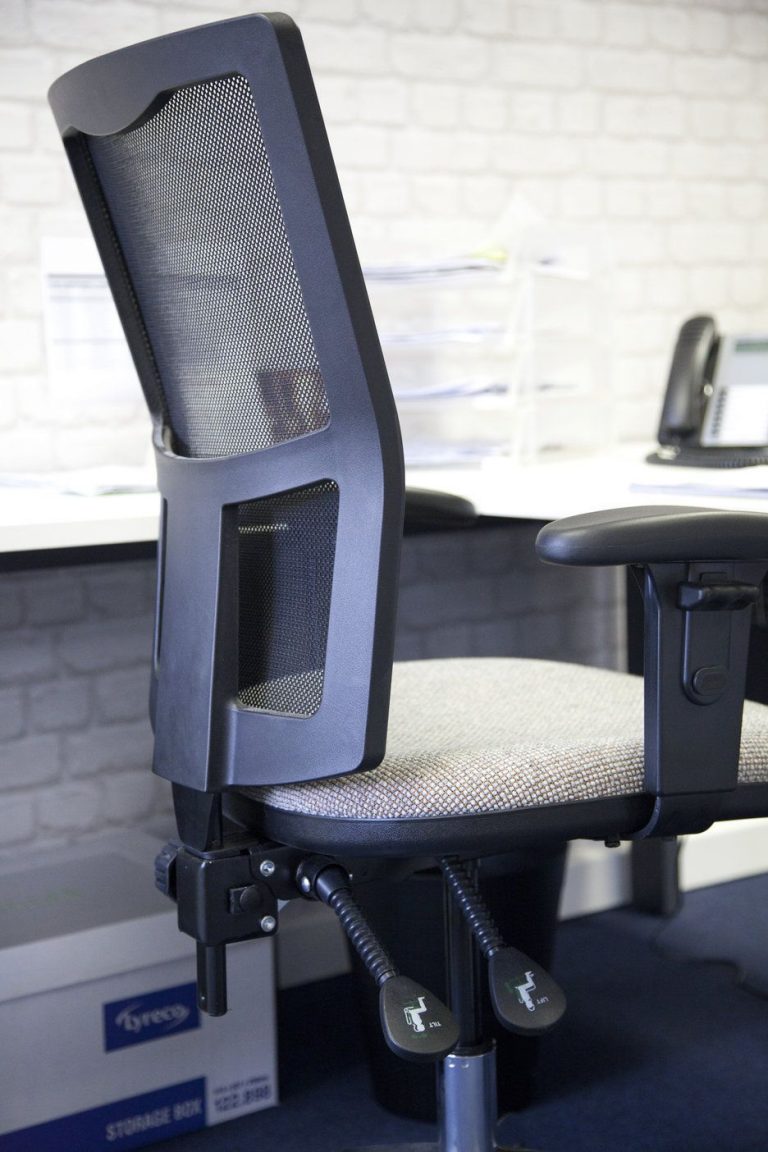Ergonomic chairs in the workplace

People are spending more and more time in the same position in their offices. As the shift moves from a traditional “go out there and make something” to “stay in and design something” due to the effectiveness of computers these days, there is suddenly a much greater need for comfortable and ergonomic furniture. Considering that most office jobs require 8 hours straight of sitting in the same position for 5 days a week, this means that for a staggering 36% of your waking hours you are in your office chair, so it makes sense to invest into ergonomic and comfortable design, removing possibilities of back ache and discomfort (which in turn would lead to absenteeism and sick days).
Furniture with a proper ergonomic design ensures that you/your colleagues/your employees are sitting comfortably. They provide support for the most part by being adjustable in as many ways as possible, so that its user can adjust heights, depths and angles of its form to accommodate their needs.
Gone are the days when a worker would enter the workplace and see it as something foreign they’ll have to adjust and get used to; instead the aim is to make them as comfortable and relaxed as possible, which means finding out what they need/want, what will help them be efficient as possible and what will make them happy. The workers have their environment adjust to them.
There are five separate aspects to chairs that should be sought out when aiming for ergonomic and comfortable design:
Lumbar support – supports lower back
Adjustable seat depth – allows for full support of along back of the thighs
Tilt adjustment – allows for optimum angle for users legs to the floor to be achieved
Height adjustment – Important to provide full support for the full height of the torso
Adjustable arm rests – able to rise/lower according to the height of the operator of the chair
While, yes, ergonomic chairs have cost implications over their “one size fits all” counterparts, the long term benefits are substantial. A much more comfortable and ergonomic design means that in the the long run, there will be less incidents of back ache and indirect harm to workers. These benefits are twofold, as a more comfortable workspace would mean reduced absenteeism, and also reduced health issues,
